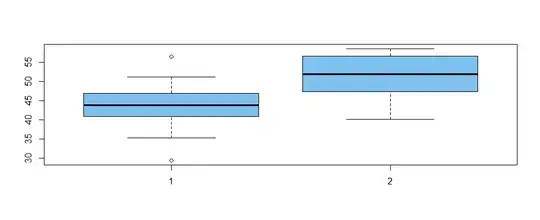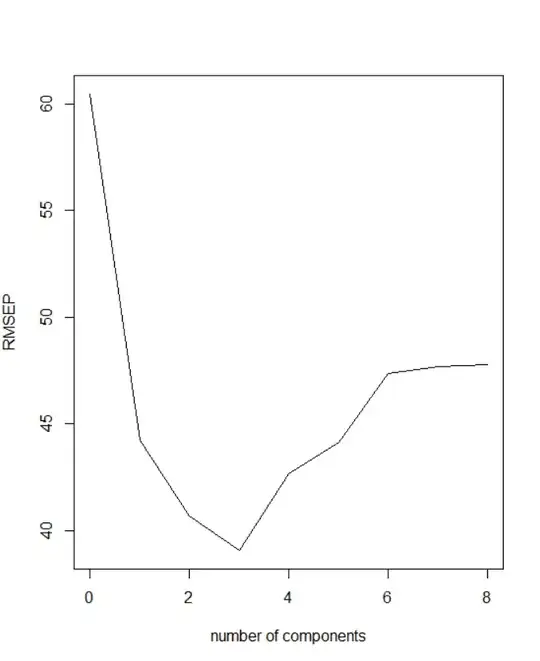It seems you need a simple z-test of $H_0: \mu_x=\mu_y$ against
$H_a: \mu_x<\mu_y,$ where the z-statistic is $Z = \frac{\bar X-\bar Y}{\sigma\sqrt{2/n}},$ rejecting at level 5% if $Z < -1.645.$
Let $n = 20, \sigma = 5, \mu_x = 45, \mu_y = 50.$ Then data might be
similar to the fictitious data sampled and summarized below in R.
set.seed(517)
n = 20
x = rnorm(n, 45, 5)
y = rnorm(n, 50, 5)
summary(x); length(x); sd(x)
Min. 1st Qu. Median Mean 3rd Qu. Max.
29.43 40.92 43.85 43.79 46.75 56.61
[1] 20 # sample size
[1] 5.943466 # sample SD
summary(y); length(y); sd(y)
Min. 1st Qu. Median Mean 3rd Qu. Max.
40.21 47.51 51.91 51.59 56.63 58.59
[1] 20
[1] 5.345866
boxplot(x,y, col="skyblue2")

Then the z-statistic $Z < -1.645$ is computed as shown below.
The null hypothesis is rejected according to the criterion
mentioned above. Also, he P-value of the test is near $0.$
se = 5*sqrt(2/n)
z = (mean(x)-mean(y))/se
z
[1] -4.933073 # z-statistic
pnorm(z)
[1] 4.047292e-07 # P-value
If there is any doubt that $P(X < Y) > 1/2,$ that is, $Y$ stochastically
dominates $X,$ then consider the plots of the empirical CDFs (ECDFs) of the
samples x and y. Values sampled from $Y$ (blue) tend to be larger:
They plot to the
right of (thus below) values sampled from $X.$
hdr="ECDFs of Samples from Y (blue) and X"
plot(ecdf(y), col="blue", main=hdr)
lines(ecdf(x), col="brown")

Addendum: Explicit MLE of $P(X < Y)$ based on my
fictitious data:
The MLEs of $\mu_x, \mu_y$ are $\bar X, \bar Y,$ respectively. By invariance, the MLE of $\mu_x-\mu_y$ is $\bar X - \bar Y = -7.8.$ The MLE of $P(X < Y)$ can be found by standardizing
$P(X < Y) = P(X -Y = 0),$ using MLEs for parameters.
$$P(X - Y < 0) = P\left(\frac{(X-Y)-(\hat \mu_x-\hat \mu_y)}{\sigma\sqrt{2}} < \frac{\hat \mu_y-\hat\mu_x}{\sigma\sqrt{2}}\right)\\
=P\left(Z < \frac{7.8}{7.071} = 1.103\right) = 0.8650,$$
where $Z$ is standard normal.
The exact value, based on parameters (rather than their MLEs from samples of size $20)$ is $P(X < Y) = 0.7602.$
pnorm(5/(5*sqrt(2)))
[1] 0.7602499
Simulation (3 place accuracy):
set.seed(519)
X = rnorm(10^7, 45,5)
Y = rnorm(10^7, 50,5)
mean(X < Y)
[1] 0.7602937
The value from MLEs above can also be approximated
by simulation.
set.seed(520)
X = rnorm(10^7, 43.79, 5)
Y = rnorm(10^7, 51.59, 5)
mean(X < Y)
[1] 0.8648917

